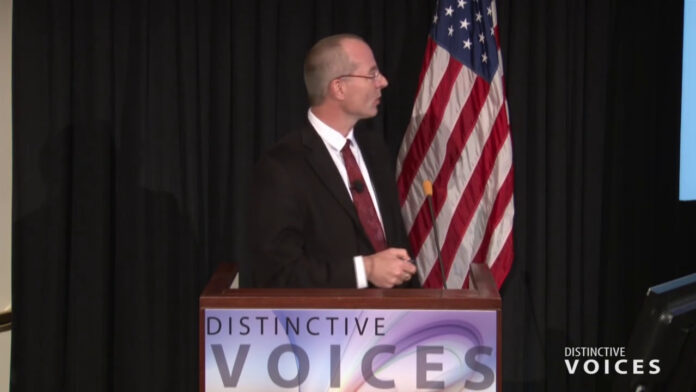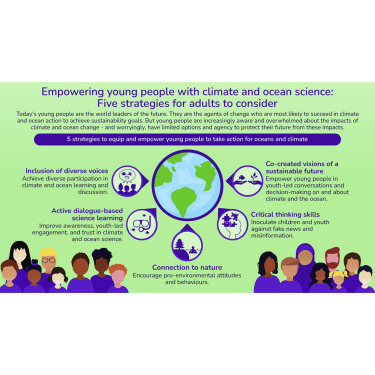Water is essential for all life on Earth, yet it is a resource that many people take for granted. In developed countries, clean water is readily available and accessible, but this is not the case in many developing countries. According to UNICEF, over 2 billion people lack access to safe drinking water, and approximately 4.5 billion lack access to adequate sanitation facilities. This lack of access to clean water has severe consequences, causing various health problems and hindering economic development. In this blog post, we will explore the causes of water scarcity in developing countries, its effects on communities, and the solutions and strategies being implemented to address this issue.
Causes of Water Scarcity in Developing Countries
There are several reasons why water scarcity is prevalent in developing countries. Here are some of the primary causes:
Rapid Population Growth
One of the main reasons for water scarcity in developing countries is rapid population growth. As populations increase, so does the demand for water. This puts pressure on already limited water resources, especially in areas with inadequate infrastructure and technology for water management.
For example, in Sub-Saharan Africa, the population is expected to double by 2050, and with most people living in rural areas, access to clean water becomes a significant challenge. The existing water systems are unable to cope with the growing demand, leading to shortages and contamination of water sources.
Climate Change
Climate change is another major contributor to water scarcity in developing countries. Changing weather patterns have led to droughts and floods, making it challenging to sustain agriculture and livestock farming, which are essential sources of income for many rural communities.
Droughts, in particular, have become more frequent and severe in many developing countries, leaving millions without access to clean water. For instance, in parts of Southern Africa, prolonged droughts have resulted in reduced crop yields, food insecurity, and water shortages.
Inadequate Infrastructure
In many developing countries, water infrastructure is inadequate and poorly maintained. This means that there are no proper systems in place to collect, treat and distribute clean water to communities. As a result, many people have to rely on contaminated water sources such as rivers, lakes, and ponds, leading to widespread waterborne diseases.
Furthermore, the lack of proper infrastructure also leads to water loss through leakages and inefficient distribution systems. This further exacerbates the problem of water scarcity, as the available water is not utilized effectively.
Poor Water Management
Another significant cause of water scarcity in developing countries is poor water management practices. Many countries lack the resources and knowledge to implement sustainable water management strategies, resulting in overexploitation and depletion of water sources.
For example, in many parts of Asia and Africa, groundwater is being pumped at unsustainable rates, leading to declining water levels and depletion of aquifers. Without proper water management plans and regulations in place, this problem will only continue to worsen.
Effects of Water Scarcity on Communities

The lack of access to clean water has severe consequences for communities in developing countries. It affects all aspects of life, from health and education to economic development. Here are some of the effects of water scarcity on communities:
Health Problems
Perhaps the most significant impact of water scarcity is its effect on public health. Without access to safe drinking water and sanitation facilities, communities are vulnerable to various waterborne diseases such as cholera, typhoid, and dysentery. These diseases can lead to severe illnesses, and in some cases, even death.
Moreover, women and children are most affected by water scarcity, as they are usually responsible for collecting water for their families. In many cases, they have to travel long distances and spend hours each day collecting water from unreliable sources, putting them at risk of physical injuries and attacks.
Education
Water scarcity also has a significant impact on education in developing countries. Children, especially girls, are often expected to help with household chores such as collecting water. This takes away valuable time that could be spent in school, resulting in high dropout rates.
Additionally, schools in areas affected by water scarcity often lack proper sanitation facilities and access to clean water, making it difficult for students to stay healthy and focused in their studies.
Economic Development
Water scarcity hinders economic development in many developing countries. Without access to clean water, communities cannot engage in activities such as agriculture, which is the primary source of income for many rural areas.
Moreover, the lack of a reliable water supply affects industries, leading to decreased productivity and competitiveness. This, in turn, affects employment opportunities and economic growth in these countries.
Solutions and Strategies to Address Water Scarcity

While water scarcity is a complex issue, there are various solutions and strategies being implemented to address it. Here are some of the most effective ways to tackle this problem:
Improved Infrastructure and Technology
Improving infrastructure and technology is crucial in addressing water scarcity in developing countries. Building dams, pipelines, and treatment plants can help provide clean water to communities. Additionally, investing in modern technology such as water pumps and irrigation systems can help conserve water resources and make them more accessible to communities.
Rainwater Harvesting
Rainwater harvesting is another effective solution to address water scarcity. This involves collecting and storing rainwater during the rainy season for use during dry periods. It is a simple and inexpensive technique that can provide households with a sustainable source of clean water.
Moreover, rainwater harvesting can also contribute to replenishing groundwater levels, reducing the strain on existing water sources.
Sustainable Water Management
Implementing sustainable water management practices is crucial in ensuring that water resources are conserved and used efficiently. This includes implementing regulations to prevent overexploitation of groundwater, investing in efficient irrigation techniques, and promoting water conservation practices.
Governments and communities must work together to develop and implement sustainable water management plans that take into account the needs of both people and the environment.
Case Studies of Successful Water Management Projects
While there is still a long way to go in addressing water scarcity in developing countries, there are many successful water management projects that serve as examples of what can be achieved. Here are some case studies of successful water management projects:
The Sihwa Lake Tidal Power Station, South Korea
The Sihwa Lake Tidal Power Station in South Korea is the world’s largest tidal power plant, generating electricity from tidal energy. This project has had a significant impact on reducing water scarcity in the country by providing an alternative source of clean energy, which has significantly decreased the use of fossil fuels.
Moreover, this project has also helped regulate the water level of the lake, preventing flooding and replenishing groundwater levels in the surrounding areas.
The Tata Swach Water Purification Plant, India
The Tata Swach Water Purification Plant in India has provided access to clean drinking water for over 15 million people in rural areas. The plant uses a low-cost purification technology that does not require electricity, making it suitable for areas without reliable power sources.
This project has had a significant impact on improving the health and well-being of communities, especially children, who are most affected by waterborne diseases.
The Agua Portátil Project, Peru
The Agua Portátil Project in Peru provides portable, lightweight water filters that can purify water from any source within minutes. This project has helped improve access to safe drinking water for over one million people in rural areas of Peru.
By providing a simple and affordable solution to purifying water, this project has reduced the reliance on bottled water, which is often expensive and unsustainable.
Conclusion and Call to Action
Water scarcity is a pressing issue that affects millions of people in developing countries. It has severe consequences not only on health but also on education and economic development. However, as we have seen, there are various solutions and strategies being implemented to address this problem.
Governments, NGOs, and communities must work together to develop sustainable water management plans and invest in infrastructure and technology that can provide access to clean water for all. We must also take individual action by conserving water and supporting projects that aim to address water scarcity in developing countries.
By working together, we can ensure that everyone has access to the most basic and essential resource for life – clean water.









